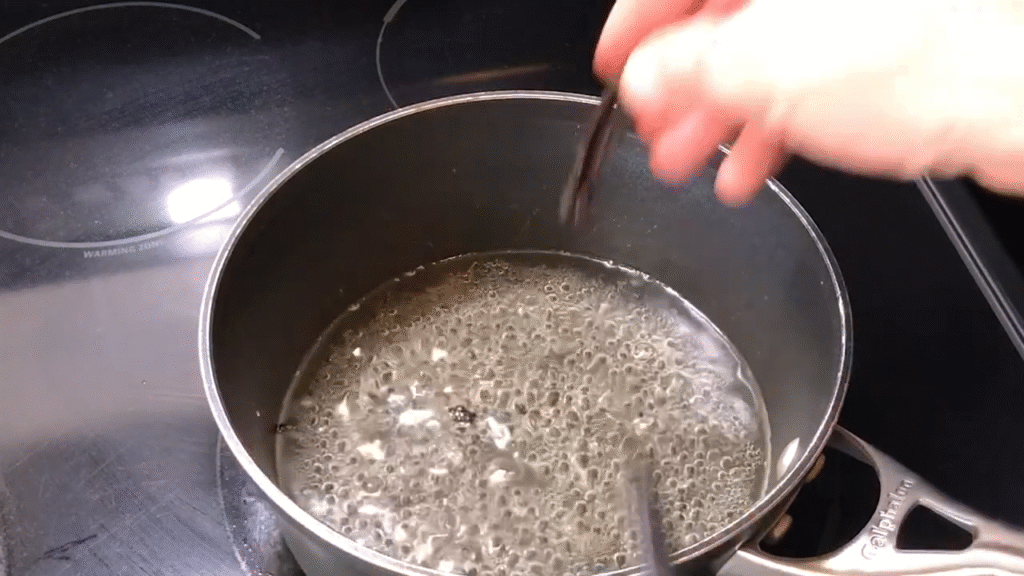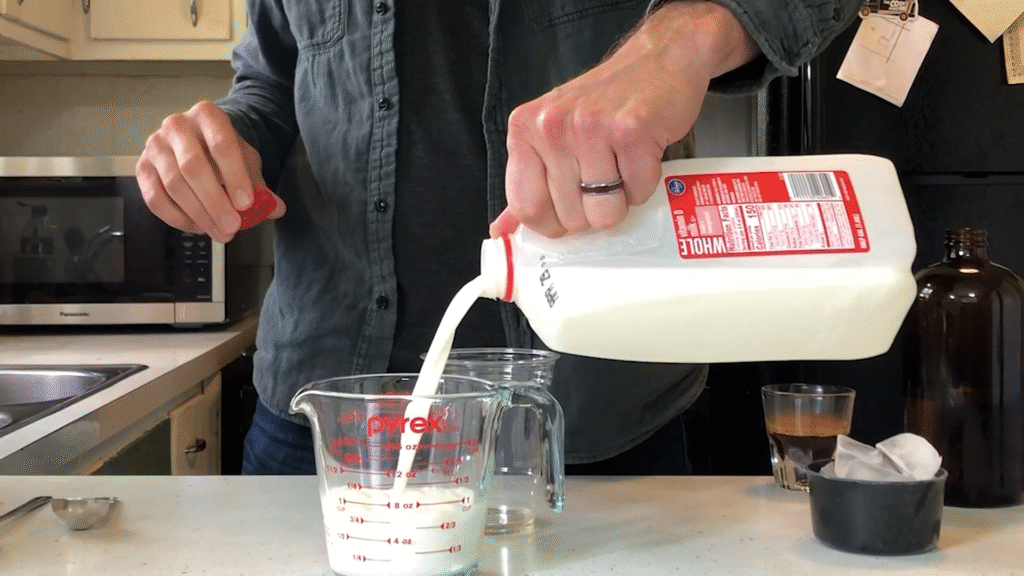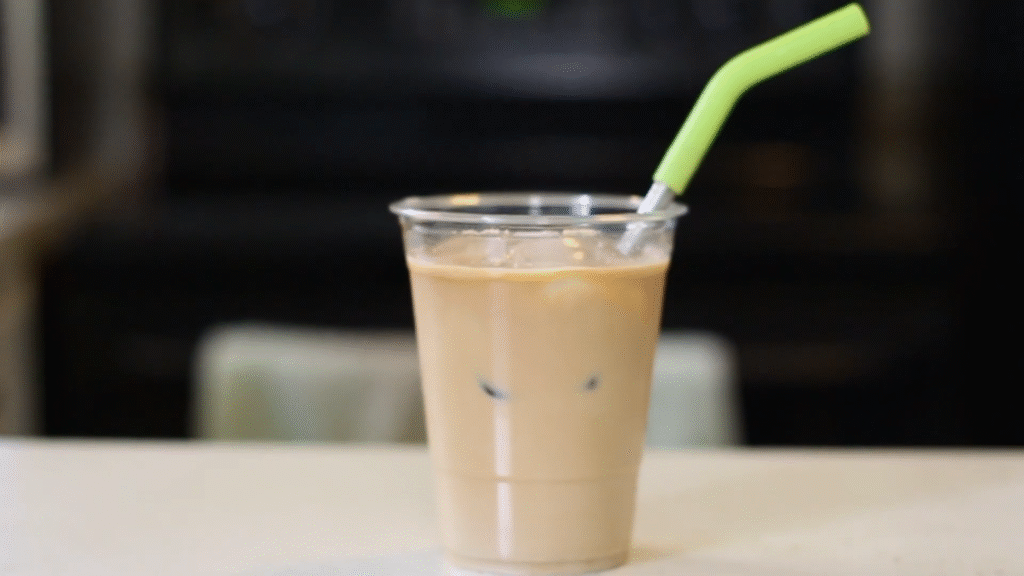I have to be honest with you—I used to spend way too much money at coffee shops just to get my favorite vanilla latte. One day I thought, “Why not make it at home?” and let me tell you, it was a game changer.
Not only does it taste just as good (maybe even better), but it’s so easy that you’ll wonder why you didn’t try it earlier. If you love that warm, sweet, creamy coffee taste, this recipe will make your mornings so much better.
What Is a Vanilla Latte?

A vanilla latte is a smooth coffee drink made with espresso, steamed milk, and vanilla syrup. It’s basically a regular latte but with that sweet vanilla flavor that makes every sip comforting.
The best part? You don’t need fancy tools or a barista badge to make it.
Ingredients You’ll Need
You don’t need a long shopping list for this. Just a few simple ingredients:
- Espresso or strong coffee – 1 shot (about 1 oz). If you don’t have an espresso machine, brewed strong coffee works fine.
- Milk – 1 cup (any kind: whole, skim, almond, oat, soy—your choice).
- Vanilla syrup – 2 tablespoons (store-bought or homemade).
- Optional toppings – whipped cream, extra vanilla drizzle, or a sprinkle of cinnamon.
How to Make It Step by Step

Here’s the easy way to whip up your vanilla latte at home:
- Brew your coffee – Make one shot of espresso or about ½ cup of very strong coffee.
- Heat the milk – Warm up your milk on the stove or in the microwave until it’s hot but not boiling.
- Froth the milk – Use a milk frother if you have one. If not, whisk it hard or shake it in a jar with a lid until it gets foamy.
- Mix it all – Pour the espresso into your mug, add the vanilla syrup, then pour in the hot milk.
- Top it off – Add foam on top and any toppings you like.
That’s it—you just made your own vanilla latte!
Why You’ll Love This Recipe
I love this recipe because it saves money, tastes just like the coffee shop version, and I can control the sweetness. Plus, I can make it in less time than it takes to drive and wait in line. You’ll love it too because it’s flexible—you can make it dairy-free, sugar-free, or extra sweet depending on your mood.
Tips to Make It Perfect

- Use fresh coffee for the best taste.
- If you like it sweeter, add a little more vanilla syrup.
- Try different milks—almond milk makes it nutty, oat milk makes it creamy.
- Want it iced? Just pour everything over ice instead of heating the milk.
FAQs
Q: Can I make this without espresso?
Yes! Just brew really strong coffee, about double the strength you normally drink.
Q: How do I make vanilla syrup at home?
Boil 1 cup of water with 1 cup of sugar, then add 1 tablespoon of vanilla extract. Let it cool and store it in a bottle.
Q: Can I use flavored coffee instead of syrup?
You can, but vanilla syrup gives that classic coffee shop taste.
Q: How many calories are in a vanilla latte?
It depends on the milk and syrup you use. On average, it’s around 150–250 calories per cup.
Q: Can I make this ahead of time?
It tastes best fresh, but you can brew the coffee and make the syrup ahead. Just warm the milk when you’re ready.
